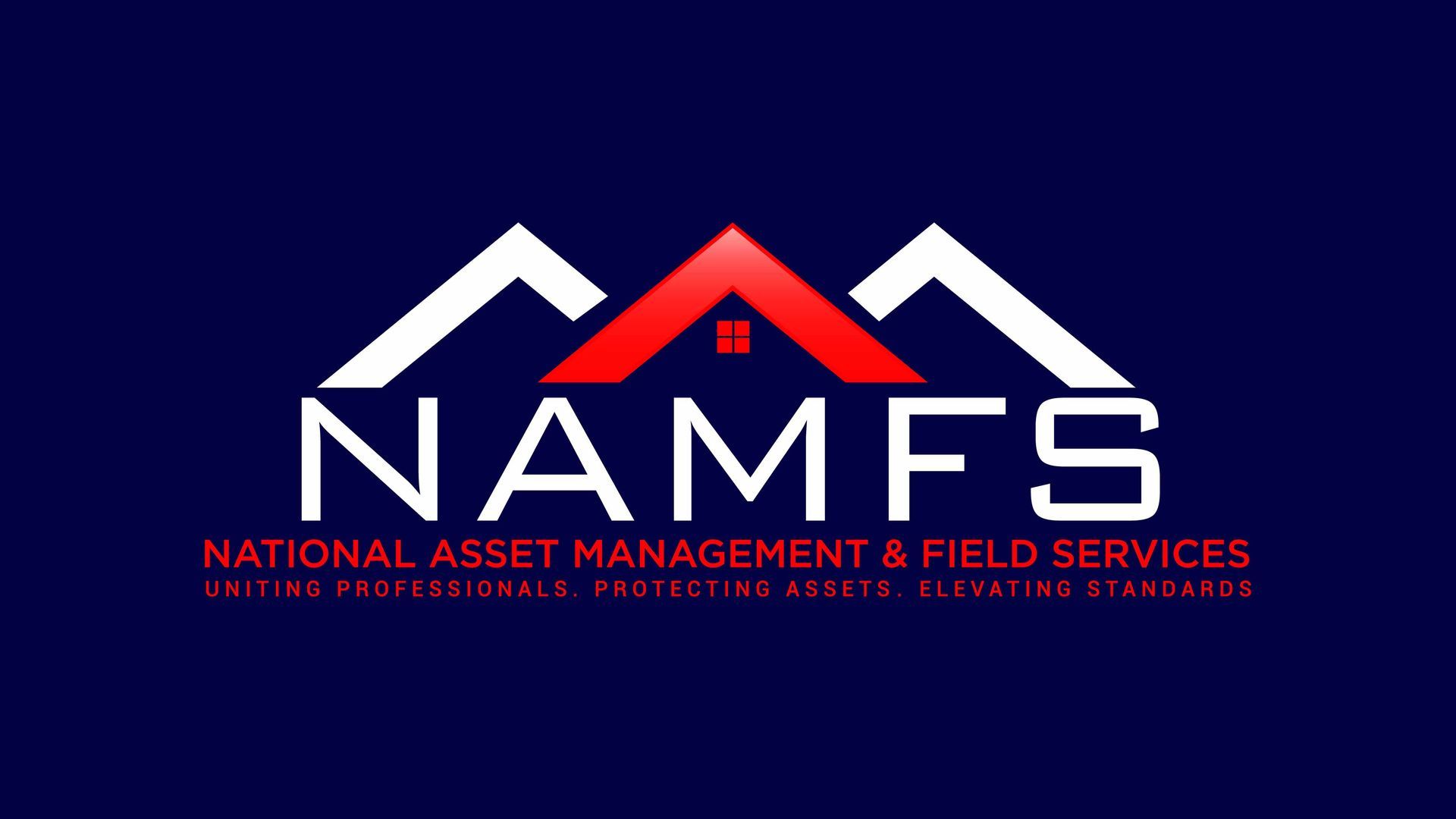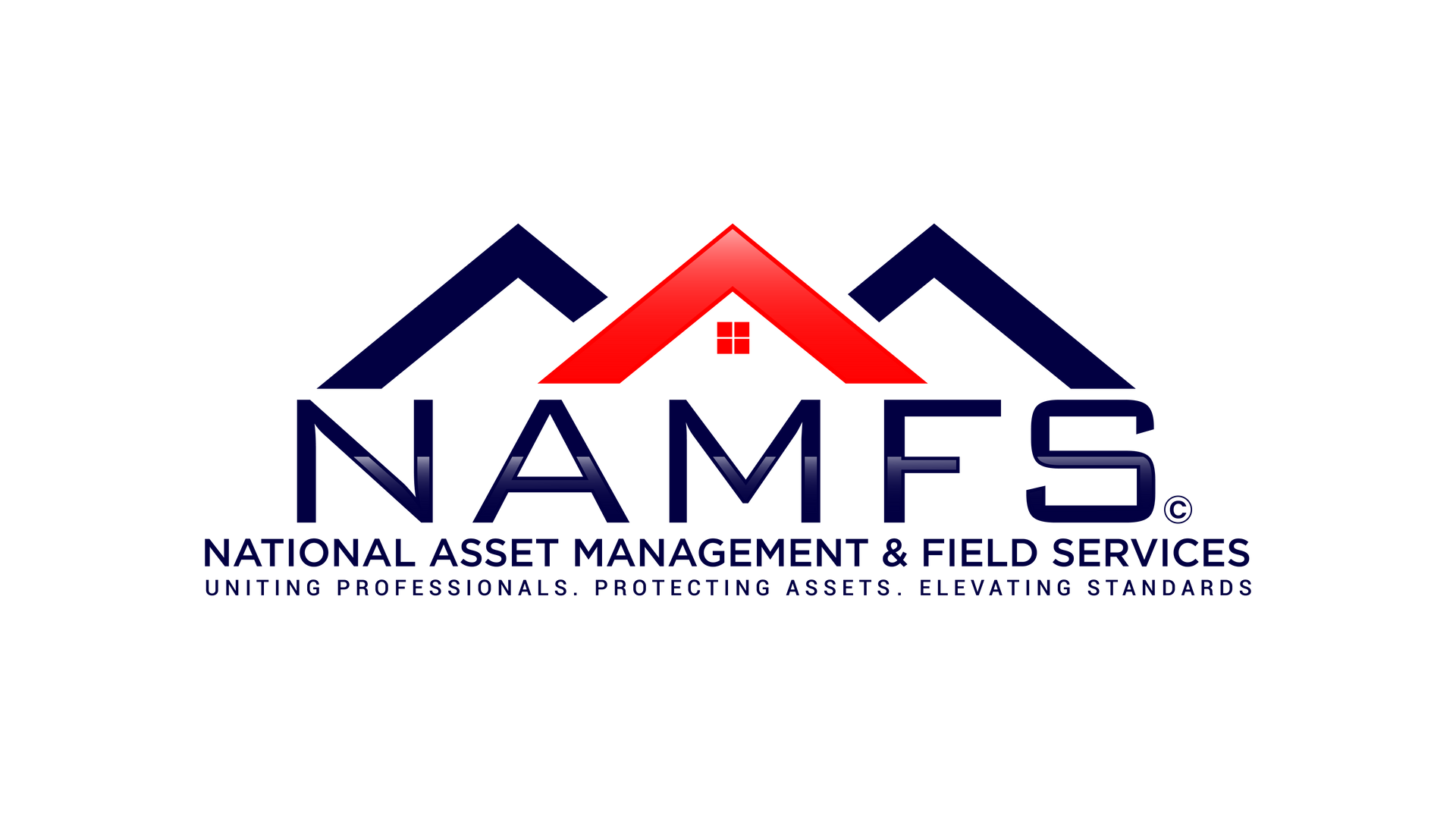Industry Photo and Video Standards (SD)
“A photo or video should say the same thing — every time, everywhere.”
Overview
Photos and videos are the visual backbone of field documentation in the mortgage field services industry. They provide evidence of condition, compliance, and performance. However, inconsistent formats, resolutions, and metadata requirements across multiple clients and vendors contribute to inefficiencies and confusion.
To address this, the National Association of Mortgage Field Services (NAMFS) established the Industry Photo & Video Standards (SD)—clear, uniform specifications for photo and video capture, naming, sharing and storage that support streamlined, scalable operations.
Industry Photo Standard (SD) - Standardizing Visual Documentation Across the Field
Problem Statement – Photos
Vendors capture digital photos in many formats and on various devices and then must share them via client portals or integrated tools. Supporting multiple file sizes, resolutions and formats for many clients is impractical and places a heavy burden on vendor networks.
Solution – Photo Standard
NAMFS recommends a single photo file format and resolution so that clients and their vendor networks can align on one baseline—making upload, review, storage and integration more efficient.
Standard Photo Specifications:
- Format: JPG / JPEG
- Resolution: 640 × 480 pixels (landscape)
- Aspect Ratio: 4:3 (or 3:4 if portrait allowed)
- Max File Size: 300 KB
- Metadata Requirements:
- Date/Timestamp watermark (lower right corner, red font, Helvetica or equivalent)
- Optional EXIF data for GPS latitude/longitude, camera make/model
- Upload Requirements: Client portal must support properly formatted photo, associated to work order, labeled correctly.
Photo Standard Benefits
- Consistent, uniform image submissions across vendors
- Simplified upload and review for clients
- Reduced duplication and mis-formatting burdens
- Improved metadata integrity and audit readiness
Industry Video Standard (SD) - A Common Framework for Future-Proof Video Documentation
Problem Statement – Video
As of early 2020, there was no industry-wide consensus on how, why or if video should be captured in field services. Vendors may be required to capture video in various formats across devices, then upload to client portals or integrated tools. Without a standard video format, there are significant inefficiencies and technical hurdles.
Solution – Video Standard
NAMFS focuses on the technical specification of video capture—defining a single format, resolution, and file size recommendation to minimize costs, reduce complexity and enable widespread adoption when clients demand video evidence.
Standard Video Specifications (Recommended):
- Format: MP4 preferred (or AVI)
- Resolution: SD quality (e.g., 640 × 480 pixels) to optimize file size and compatibility
- Maximum Recording Length: ~30 seconds (recommended) to balance evidence capture with review burden
- Compression: H.264 codec or equivalent standard
- Metadata: Timestamp, GPS and order reference embedded or associated
- File Naming: Alphanumeric, order-based identifier, no spaces/special characters
Video Standard Benefits
- Single, vendor-agnostic video format simplifies vendor workflows
- Smaller file sizes reduce upload, storage and review time
- Broad compatibility with portals, devices and browsers
- Supports future expansion of video evidence collection without massive infrastructure change
Industry Alignment & Implementation
These standards serve:
- Mortgage Servicers & Investors: Assure consistent quality in visual evidence across properties and vendors
- Field Service Vendors: Clarify one baseline for photo and video capture—no need to support multiple client formats
- Technology Providers: Allow software, portals and mobile apps to focus on one set of standards for metadata, upload, storage and review
By adopting the Photo & Video Standard, NAMFS reinforces its commitment to operational clarity, quality assurance and scalable field services.
The Path Forward
NAMFS continues collaboration with servicers, field networks and technology providers to enhance these standards—anticipating HD formats, AI-based image analysis and automated verification tools.
Download PDFs:

